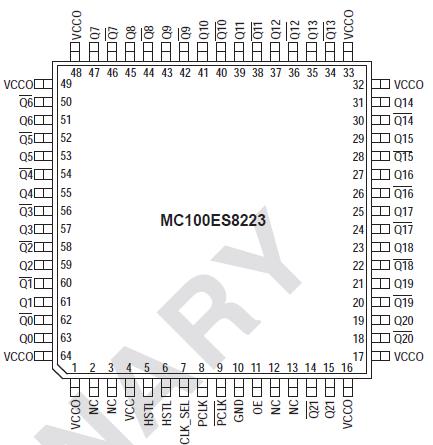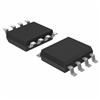MC100ES8223: Features: • 1:22 differential clock fanout buffer• 50 ps maximum device skew1• SiGe technology• Supports DC to 800 MHz operation1 of clock or data signals• 1.5V HSTL co...
floor Price/Ceiling Price
- Part Number:
- MC100ES8223
- Supply Ability:
- 5000
Price Break
- Qty
- 1~5000
- Unit Price
- Negotiable
- Processing time
- 15 Days
SeekIC Buyer Protection PLUS - newly updated for 2013!
- Escrow Protection.
- Guaranteed refunds.
- Secure payments.
- Learn more >>
Month Sales
268 Transactions
Payment Methods
All payment methods are secure and covered by SeekIC Buyer Protection PLUS.

 MC100ES8223 Data Sheet
MC100ES8223 Data Sheet







